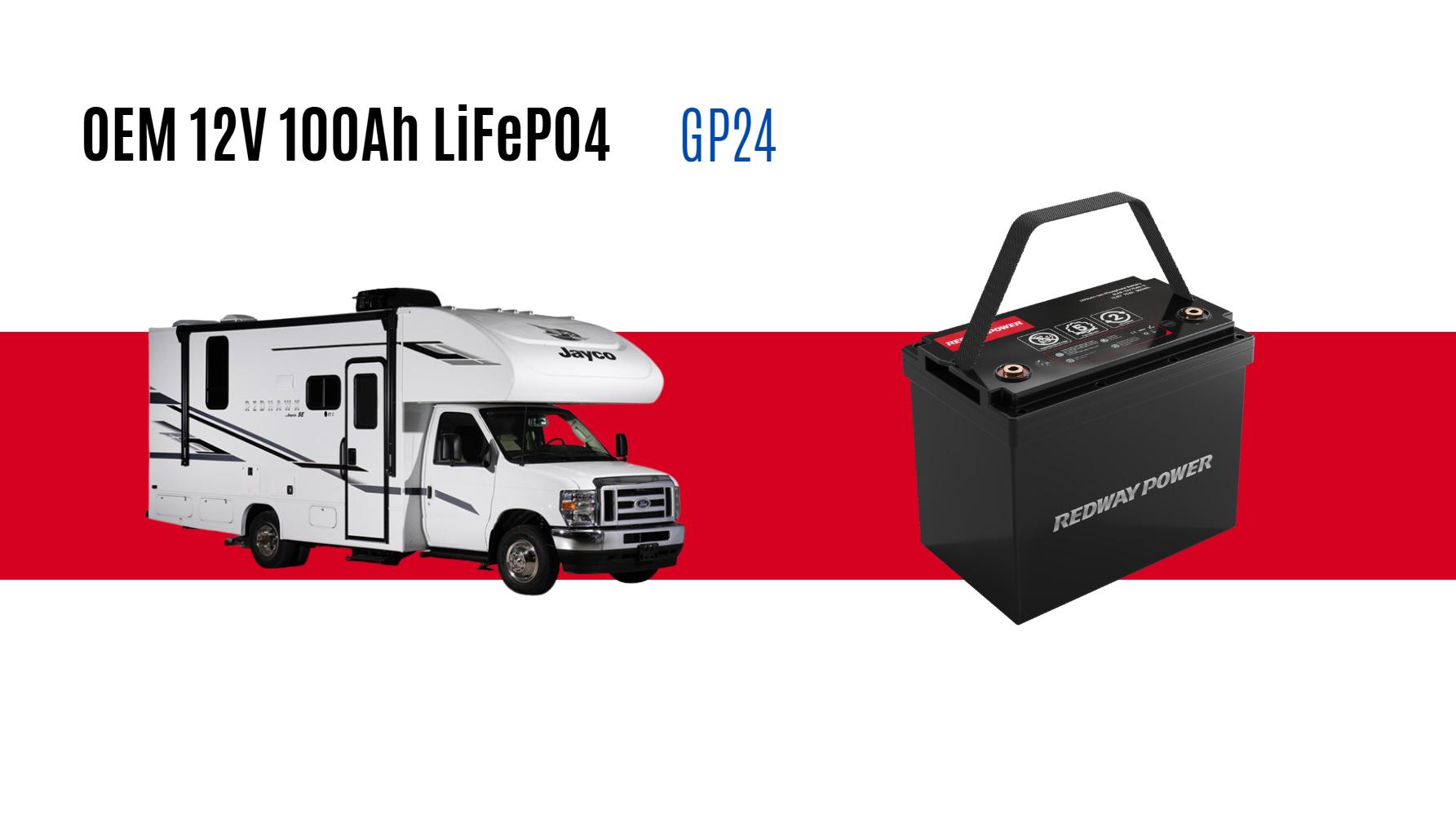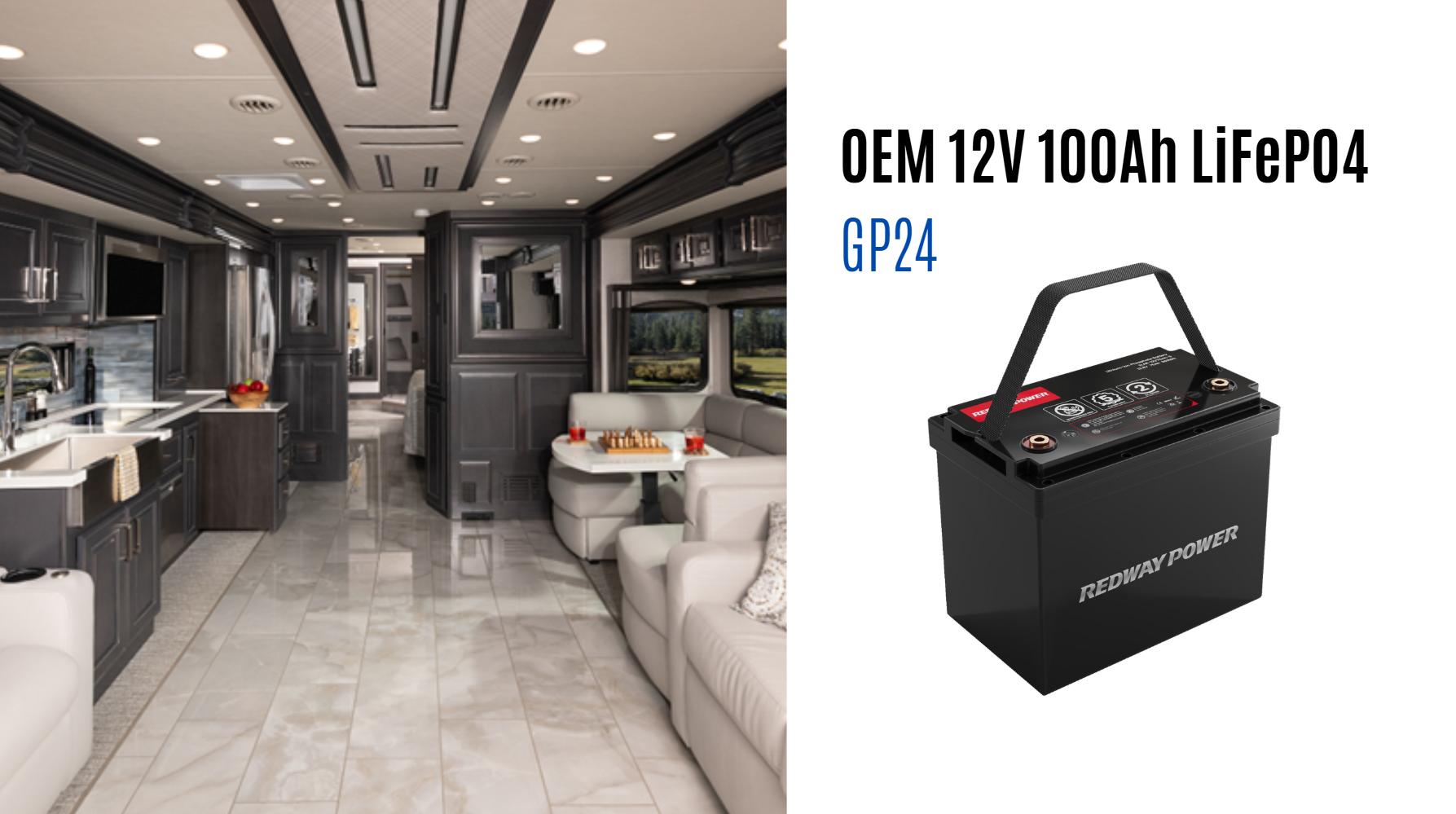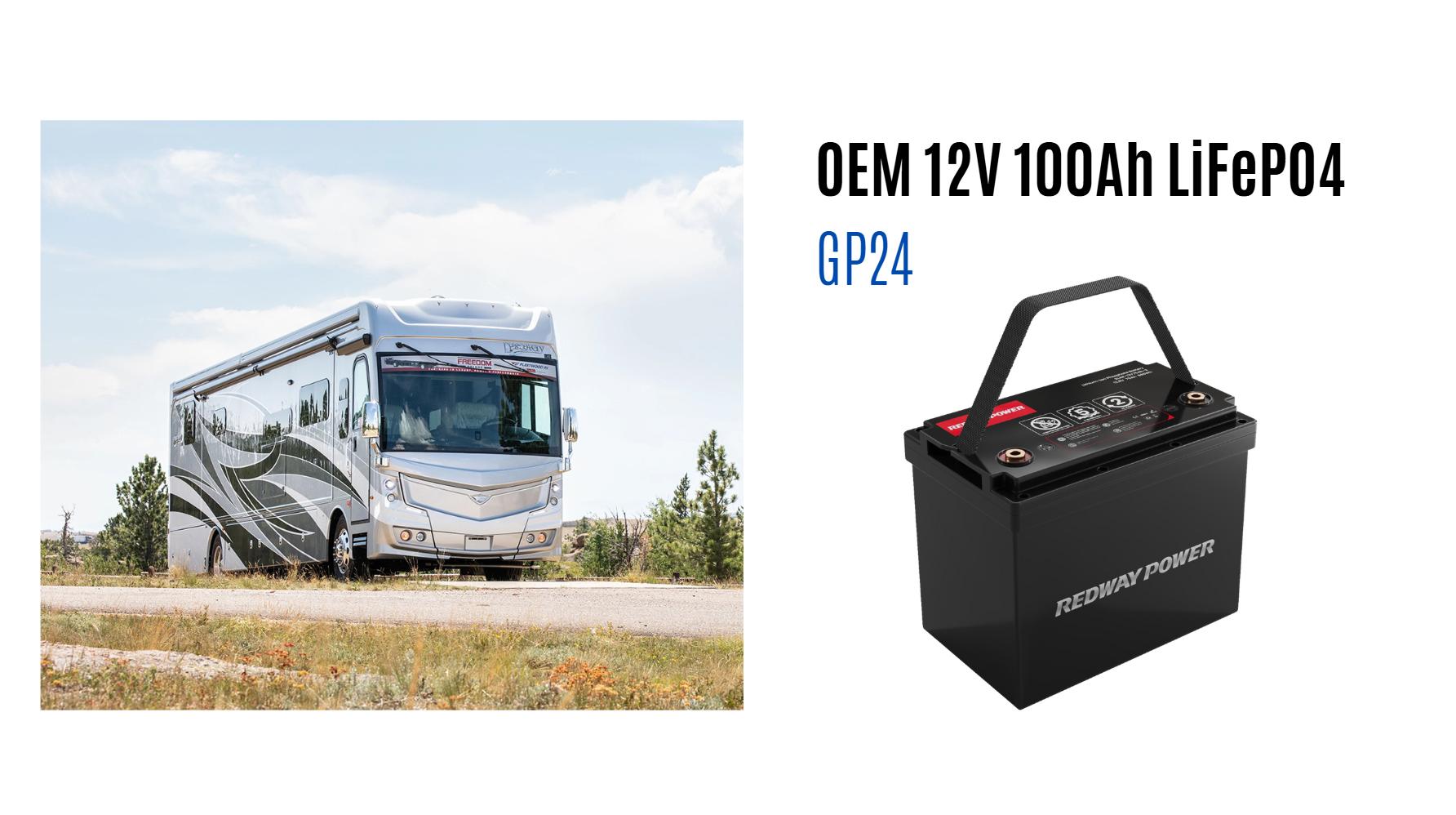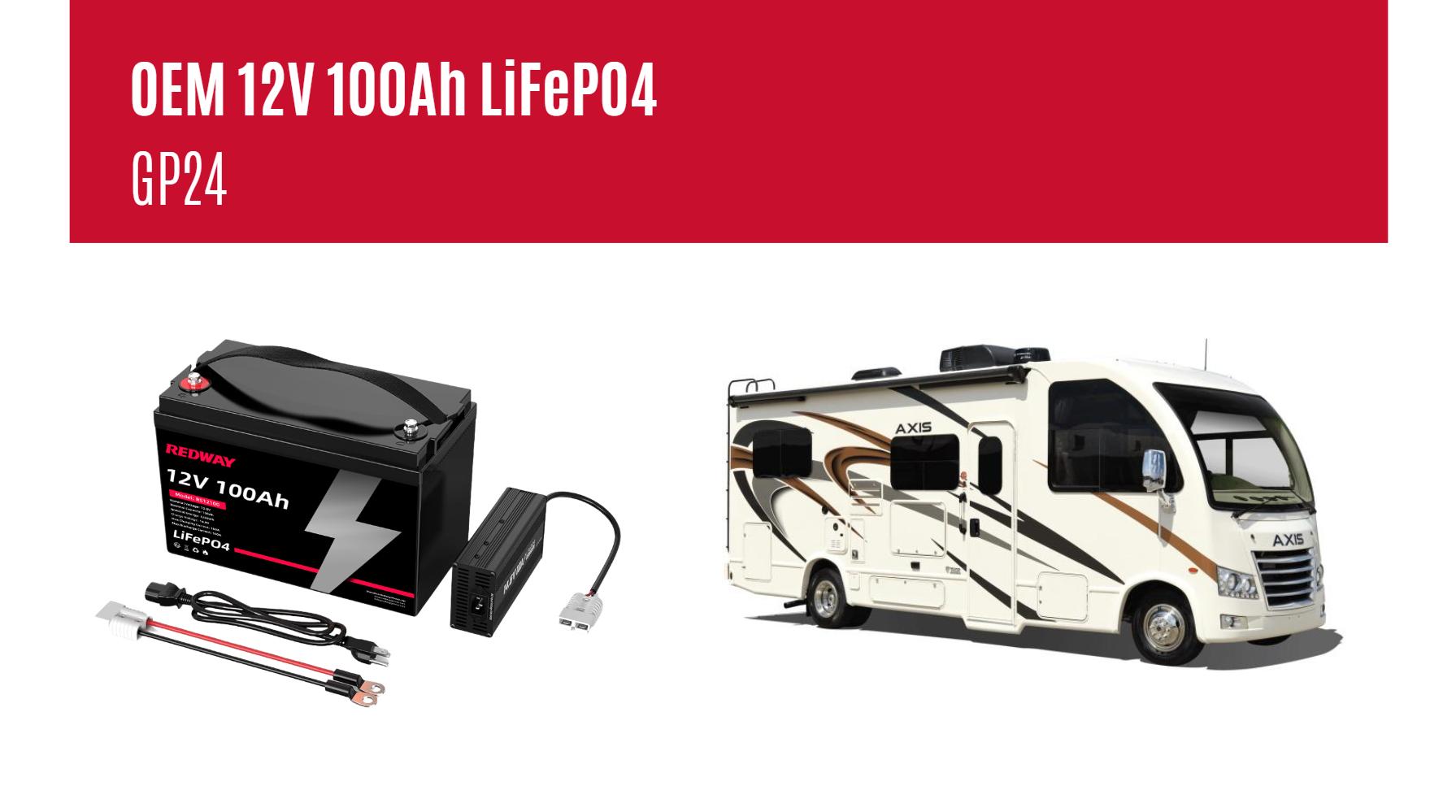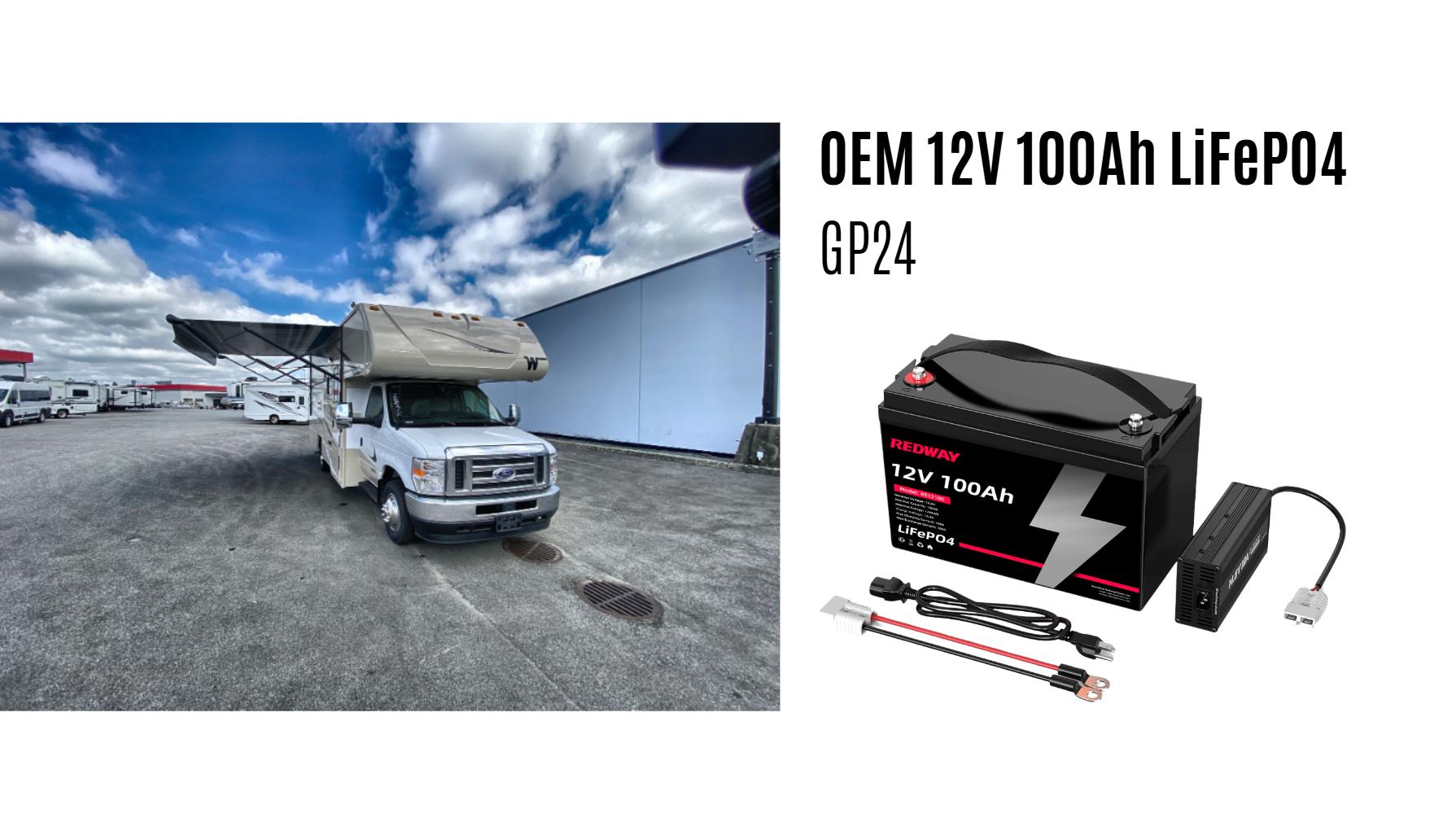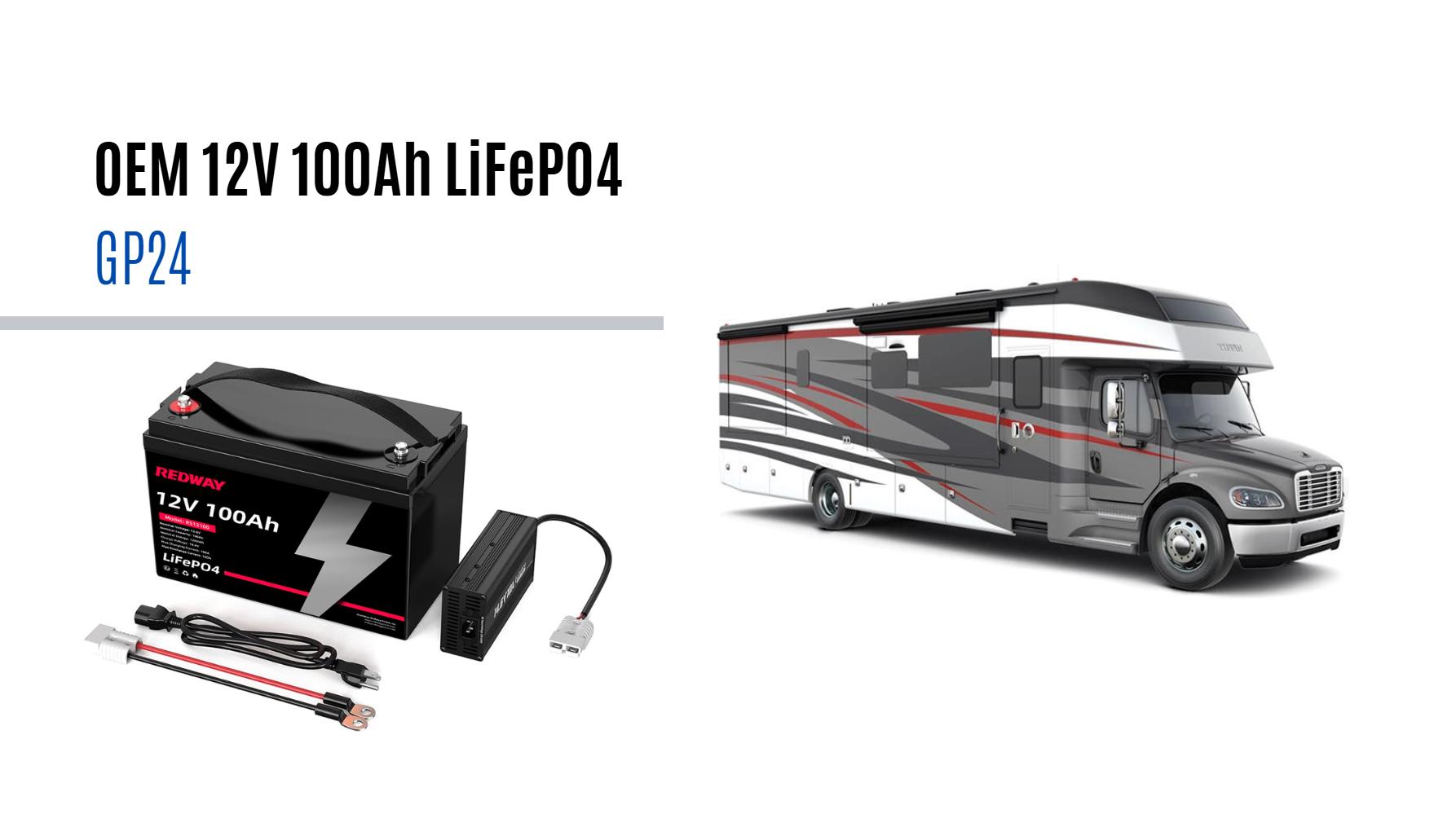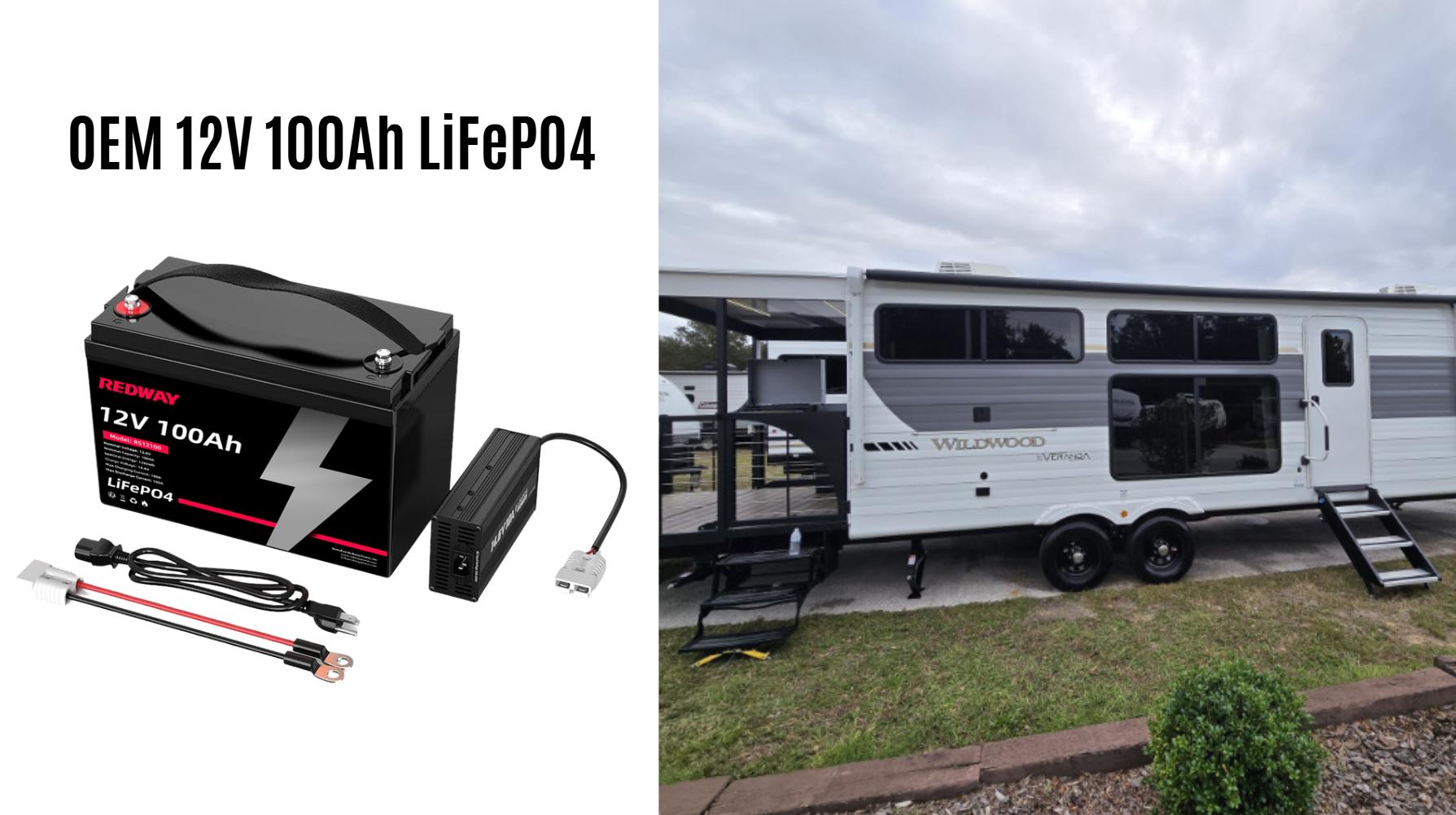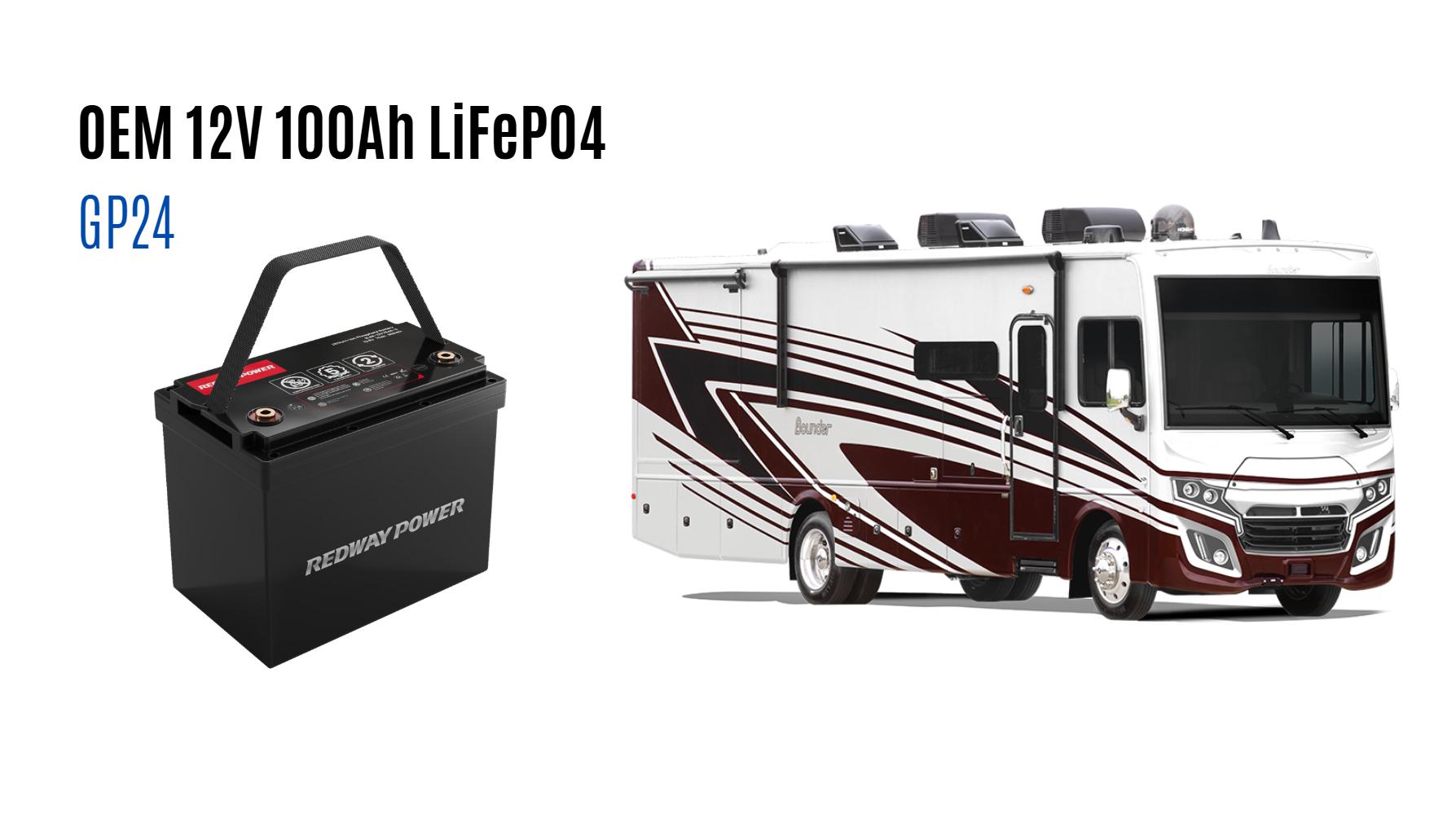How Reliable Are Jayco’s Power Solutions for RV Users?
Jayco’s power solutions for RV users provide dependable energy management with a few limitations. Their combination of inverters, batteries, and solar systems generally supports essential RV functions well, but some users report issues such as inverter overheating and faster-than-expected battery discharge. Adopting best maintenance practices and technologies like lithium batteries from Redway Battery can significantly enhance overall reliability and longevity.
What common issues do users report with Jayco power setups?
Users commonly report inverter overheating during high loads, corrosion in solar wiring, and inaccurate battery metering due to firmware glitches. While these issues can cause 20–30% faster battery drain than expected, Jayco’s customer service typically addresses them with warranty replacements or software updates, improving system dependability over time.
How does solar integration enhance Jayco’s energy efficiency?
Jayco integrates 200W to 400W solar panel systems with MPPT charge controllers that maximize solar energy harvest, extending RV boondocking capacity by 2 to 4 days. Solar efficiency reaches 85–90% under optimal sunlight, although shading from awnings or trees can reduce output by as much as 50%. Regular solar panel cleaning and optimal tilt adjustments are crucial for maintaining peak performance.
Can Jayco power systems support high-wattage appliances?
Jayco’s standard 2,000W inverters can power microwaves and coffee makers but struggle with multiple simultaneous high-load appliances such as air conditioners. Air conditioner runtimes may be shortened by 45–60 minutes each cycle due to power constraints. Upgrading to a 3,000W inverter and adding additional battery banks improves capacity and reduces power interruptions.
What maintenance practices prolong Jayco battery lifespan?
Proper maintenance includes avoiding full discharges and keeping lithium-ion batteries between 20–80% charge. AGM batteries benefit from monthly equalization charges. Quarterly terminal cleaning with baking soda solutions prevents corrosion. Users who store RVs in climate-controlled environments during off-season extend battery life, achieving 8–10 years with lithium packs and 3–5 years with neglected or poorly maintained batteries.
Chart: Battery maintenance tasks and their impact on lifespan
| Maintenance Task | Recommended Frequency | Expected Lifespan Improvement |
|---|---|---|
| Terminal cleaning | Quarterly | +18 to 24 months |
| AGM battery equalization | Monthly | +12 months |
| Battery Management System calibration | Biannually | +30% efficiency |
How reliable is Jayco’s customer service for power-related issues?
While Jayco’s customer service responds to many warranty claims and replacements effectively, users have highlighted delays and occasional dissatisfaction with problem resolution. Experience varies by dealer and region, with some customers feeling that responsibility is sometimes passed to vendors. Consistent follow-up and proactive updates enhance service reliability.
How do battery technologies used by Jayco compare in reliability?
Jayco traditionally uses AGM and lead-acid batteries, which require regular maintenance and have limited lifespans. More recent models and retrofit options utilize lithium battery technology, often supplied by companies like Redway Battery, which offer greater reliability, longer cycle life, lighter weight, and less frequent maintenance—significantly improving power system robustness for RV users.
What market factors influence Jayco power solution reliability?
Supply chain limitations can impact component quality and consistency. Economic pressures may lead to cost-cutting in parts, affecting inverter durability or battery quality. Increased consumer adoption of lithium batteries and integration of smart energy management systems are shifting the reliability landscape positively over recent years.
How do integrated smart monitoring systems affect reliability?
Smart monitoring systems track battery voltage, current, and temperature to optimize charging while preventing over-discharge or overheating. Jayco’s systems occasionally experience firmware glitches causing erroneous battery state-of-charge readings, but firmware updates and recalibrations mitigate these issues. Leveraging advanced battery management systems like those by Redway Battery enhances monitoring accuracy and reliability.
What are expert recommendations for maximizing Jayco power system reliability?
Experts advise routine inspections of wiring and connectors to prevent corrosion-related failures, adhering to recommended charging cycles, and timely cleaning of solar panels. Upgrading batteries to lithium models from Redway Battery can drastically decrease maintenance and improve energy efficiency. Additionally, sizing inverter capacity correctly for appliance load avoids overheating and service interruptions.
Can Jayco power systems handle full-time RV living demands?
Jayco power systems suffice for seasonal or occasional full-time RV living but may require upgrades for continuous high-load appliances. Many users supplement factory systems with additional solar arrays and larger lithium battery banks to meet full-time living energy demands reliably.
Where can Jayco users get reliable power system support?
Authorized Jayco dealerships, certified RV technicians, and specialized third-party suppliers such as Redway Battery provide vital support, replacement parts, and upgrade options to maintain or enhance power system reliability. Forums and online communities also offer peer advice on troubleshooting and optimization.
Redway Battery Expert Views
“Jayco’s power solutions offer a solid foundation but achieving optimal reliability depends on integrating advanced battery technologies and diligent system maintenance,” states Dr. Yan Liu, energy systems expert at Redway Battery. “Our lithium battery solutions complement RV power needs with longer lifespans and intelligent BMS that reduce common faults like overheating and inaccurate metering. Educating users on effective practices and leveraging cutting-edge battery tech will elevate the RV experience markedly.”
Conclusion
Jayco’s power solutions for RV users provide generally reliable energy delivery supported by inverter, battery, and solar technologies. User experiences reveal occasional issues like inverter overheating, rapid battery discharge, and software glitches, which improved through warranty service and firmware updates. Incorporating advanced lithium batteries from brands like Redway Battery, coupled with proper maintenance and system upgrades, enhances dependability and supports diverse RV lifestyles, including demanding full-time use.
FAQs
Q1: How reliable are Jayco’s inverter and battery systems?
Generally reliable for typical RV use, but may require upgrades for high-demand appliances and frequent workloads.
Q2: Can I upgrade Jayco’s power system with lithium batteries?
Yes, lithium batteries from manufacturers like Redway Battery can be retrofitted to improve performance and lifespan.
Q3: What common issues affect Jayco’s power solutions?
Inverter overheating, faster battery drain, solar wiring corrosion, and firmware glitches are frequent, but manageable.
Q4: How much does solar improve Jayco’s power reliability?
Solar setups extend boondocking days by 2–4 days and enhance energy independence when maintained properly.
Q5: Does Jayco provide good customer support for power issues?
Support quality varies; warranty claims are often honored, but some users report delays or dissatisfaction with problem handling.

